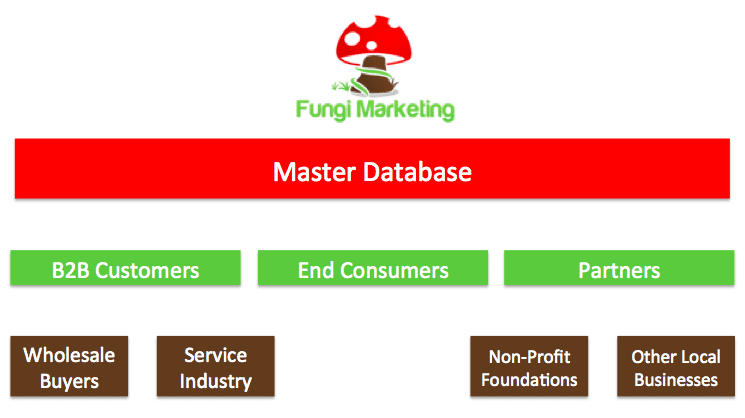Once you have set up your core database, it’s time to determine how to build your lists and segment your target audience into their own groups. Because every industry is different, the way in which you categorize your users will vary. At a very basic level however, every company has at least two segments: customers and potential customers. Customers are anyone who has purchased from you in the past. Potential customers include anyone whose data you have captured at some point, whether it be a Facebook follower, newsletter member, a business card submitted at an event or information gathered in another way.
The Difference Between Lists And Segmentation:
Lists are a way for you to separate a larger group of users from your database based on more general and obvious buying behaviors. Customers in different lists will receive different mailings with totally different themes.
- For example, say you own a local garden nursery company. You might create a separate list for Landscape Companies versus Individual Customers as the message to these two lists will be much different and the people on these lists are not likely going to overlap.
Segmentation is a way to distinguish similar users based on differing interests or behaviors.
- Using our highest level of segmentation, your Customer Status field would have two options: Customer -or- Prospect. Customers and prospective customers are both interested in your products or services so the message to both of these individuals will be similar. Also note that eventually you want to turn a Prospect into a Customer so it wouldn’t make sense to have the same person on both lists.
- Following our nursery example from above you might have a field called Favorite Flower with a multitude of options such as Daisies, Roses, Tulips, Daffodils, etc. Using segmentation queries, you could send out custom-tailored emails to each of these users when their favorite flower is on sale or just becoming available.
To keep things simple, we recommend sticking with a basic hierarchy of lists no more than two levels deep. Also keep in mind that all your users, regardless of list type or individual segmentation preference, should go into your master database. This central repository provides a single location where all customer-level data is stored. Without a master database, users who have unsubscribed or updated their preferences might accidentally be targeted again by your company under a separate database or list, which is frustrating for them and potentially harmful to future business.
Recommended Hierarchy:

